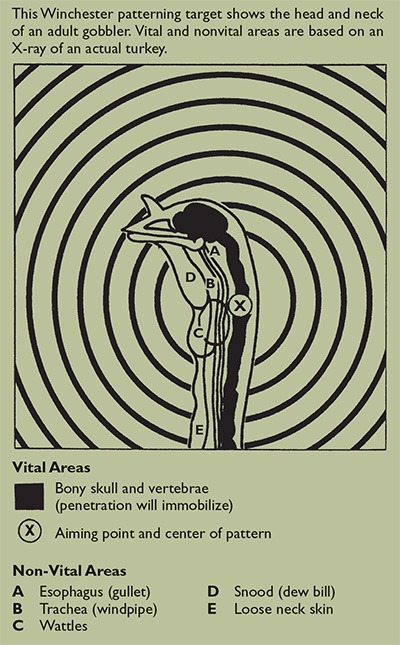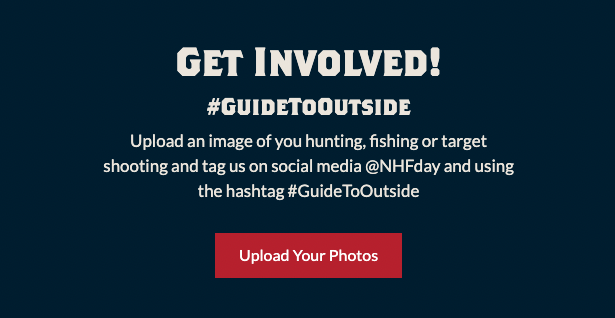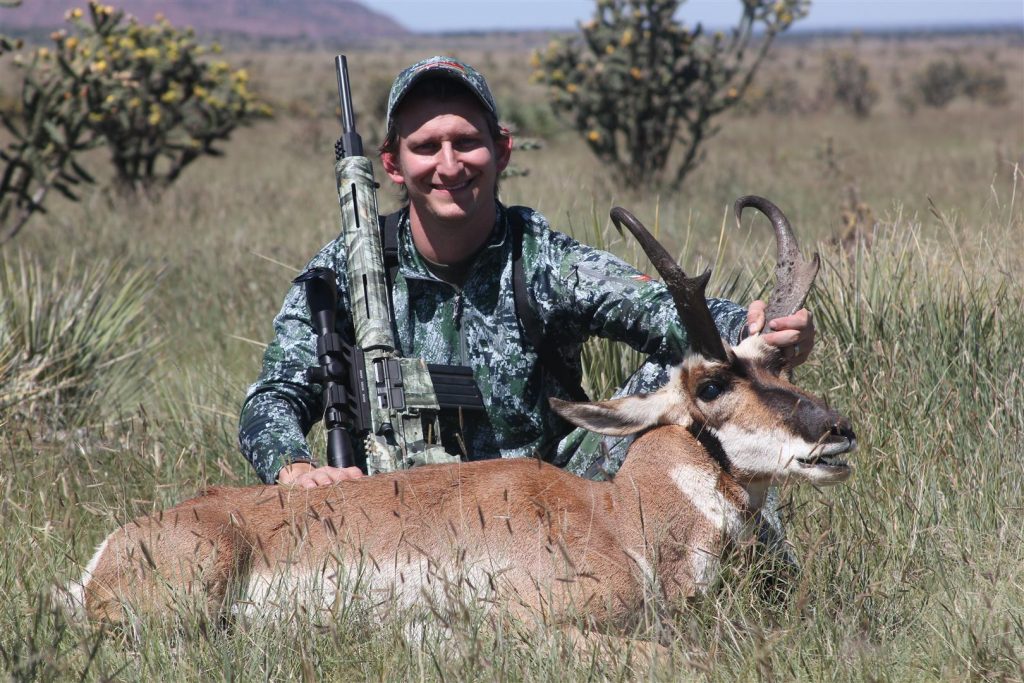
Top 10 Places To Hunt Trophy Pronghorns
What’s not to like about hunting the all-American pronghorn, Antilocapra Americana? Its name means “antelope goat,” but it is not related to antelope, goat or sheep. It is, instead, the sole remaining member of an ancient family dating back 20 million years.
American pronghorn are found only in North America. Explorer Meriwether Lewis described them thusly back in September, 1804:
We found the Antelope shy and watchful insofar as we were unable to get a shot at them. I got within about 200 paces of them when they smelt me and fled … the antelopes which had disappeared into a steep ravine now appeared at a distance of about three miles. So soon had these antelopes gained the distance that at ferst I doubted they were the same I had just surprised, but soon my doubts vanished when I beheld the rapidity of their flight along the ridge before me. It appeared rather the rappid flight of birds than the motion of quadrupeds.
I’ve been hunting them almost annually since I made my first pronghorn hunt in the late 1970s as a Californian who traveled to eastern Montana at the invitation of some friends who had family there. In those days, you could easily obtain a buck tag, and doe tags were so cheap they were almost free. I think you could get up to three of them then, but whatever was available I always did, as much for the delicious meat as the chance to keep hunting. Anyway, not knowing much about hunting pronghorn except what I’d read—that you needed to shoot a long ways, something in later years I found to be mostly untrue—I had my rifle dialed in for sniper work, but ended up making a shot of about 75 yards on the buck as he herded his harem under the bottom strand of a barbed wire fence.
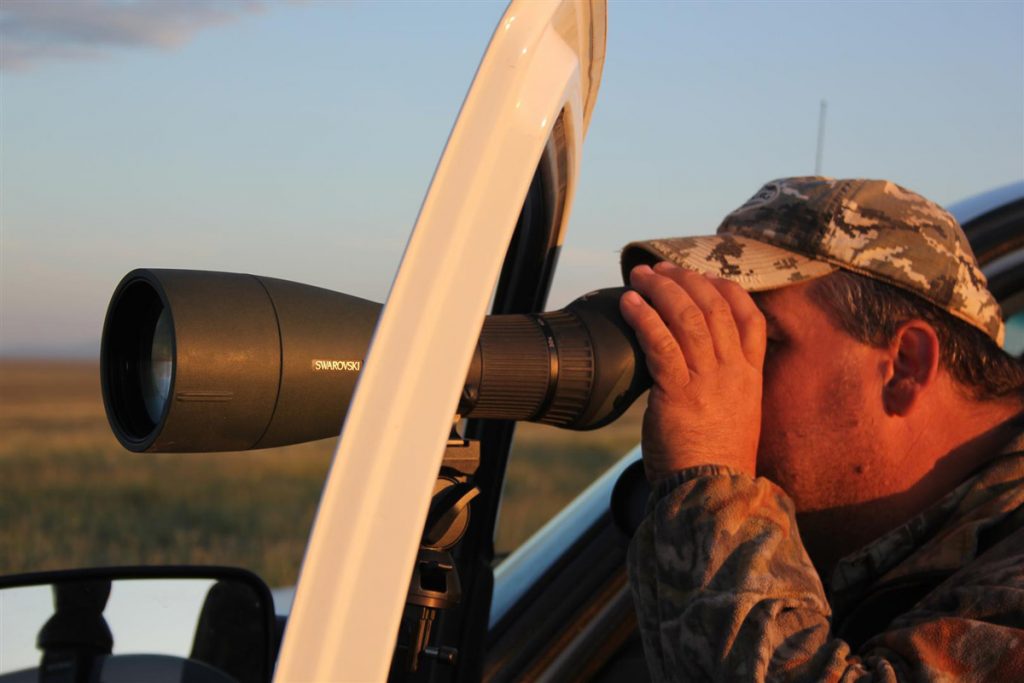
A quality spotting scope, often affixed to a truck window with a detachable mount, is essential for assessing pronghorns and trophy quality many miles away (and before you start what will be a very careful stalk on foot).
I can’t tell you how many pronghorns, both bucks and does, I’ve shot since that time, or how many I’ve seen others take—but it’s been a lot. I’ve hunted them in several different states, and each time the adventure is just the same, only different. By that I mean the weather, the terrain and the seasons may vary, but the magic is always there. They’ve always been an animal that fascinated me, and early on I made it a point to read as much about what they are and how they lived as I did about how to hunt them.
Yes, They’re That Fast
Are pronghorns fast? Can the MLB’s Clayton Kershaw throw heat? They are, in fact, the second fastest land animal in the world, surpassed only by the cheetah. Pronghorns have been clocked at 70 mph for up to four minutes at a time, and they can cruise at 30 mph. If this wasn’t enough, they also have a tremendous sense of smell and will bolt instantly if you don’t play the wind correctly.
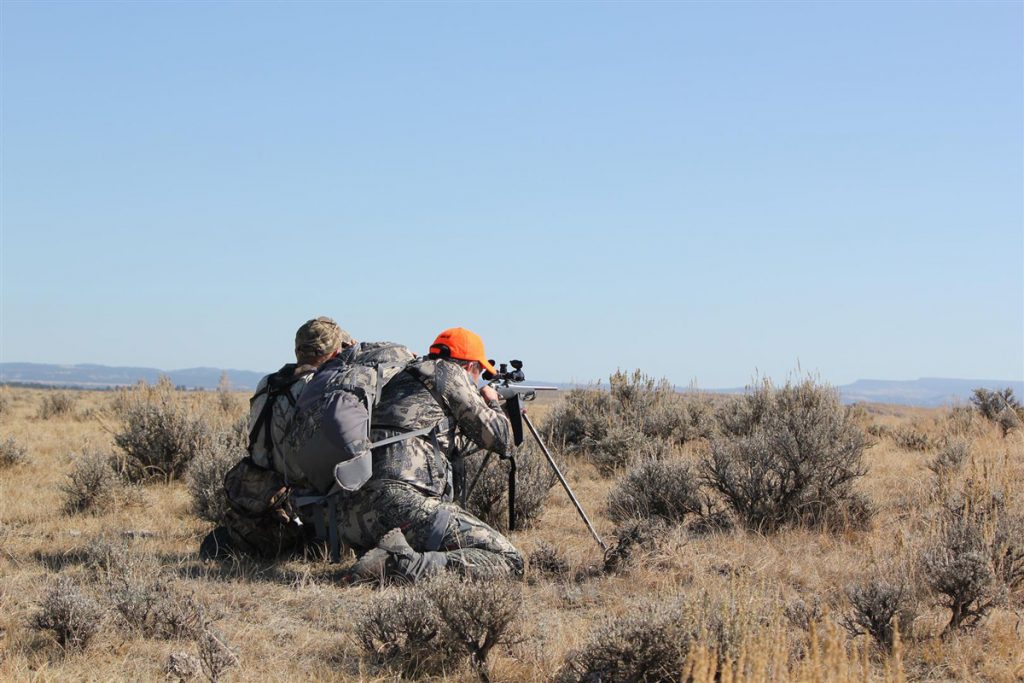
A portable bipod or tripod will help you take a solid rest and get above the brush when shooting in the flat country pronghorn prefer.
And then there’s their eyesight, which has been compared by some to a human using an 8X binocular. After opening day of gun season, I’ve seen herds of pronghorn hit high gear at the sight of a pickup topping a rise two miles away. One reason they live in the flat, wide-open spaces they prefer is so they can maximize eyes that can see in a 270-degree arc as their first line of defense.
Finding Horns Tall and Wide
So, now you’re interested, and you’d like to try and shoot a really big buck. Where are your chances the best to accomplish this difficult task? (Trivia: Even though they shed them annually, pronghorns have horns, not antlers!)
My research always starts by looking at record books. Of course you have to dive deeper than this to get a true picture, but it’s a great way to begin.
Historically, according to the latest Boone & Crockett (B&C) Club’s record book—it takes a score of 82 to qualify for the all-time book—here are the top 10 counties B&C entries have come from over the years and the number of entries from that county.
- Wyoming, Carbon County—282 pronghorn in B&C records
- Wyoming, Sweetwater County—183 pronghorn in B&C records
- Wyoming, Fremont County—153 pronghorn in B&C records
- Wyoming, Natrona County—142 pronghorn in B&C records
- Arizona, Coconino County—128 pronghorn in B&C records
- New Mexico, Socorro County—117 pronghorn in B&C records
- Nevada, Washoe County—114 pronghorn in B&C records
- Texas, Hudspeth County—106 pronghorn in B&C records
- New Mexico, Mora County—99 pronghorn in B&C records
- Arizona, Yavapai County—92 pronghorn in B&C records
From here you’ll need to look at the public lands or outfitters in these areas and begin the tag draw process for many of these places, but these 10 counties are a great place to begin your search for an antelope tall and wide and full of character. Do your homework and make your plans—and then be prepared to become addicted to hunting this very special, uniquely American game animal.
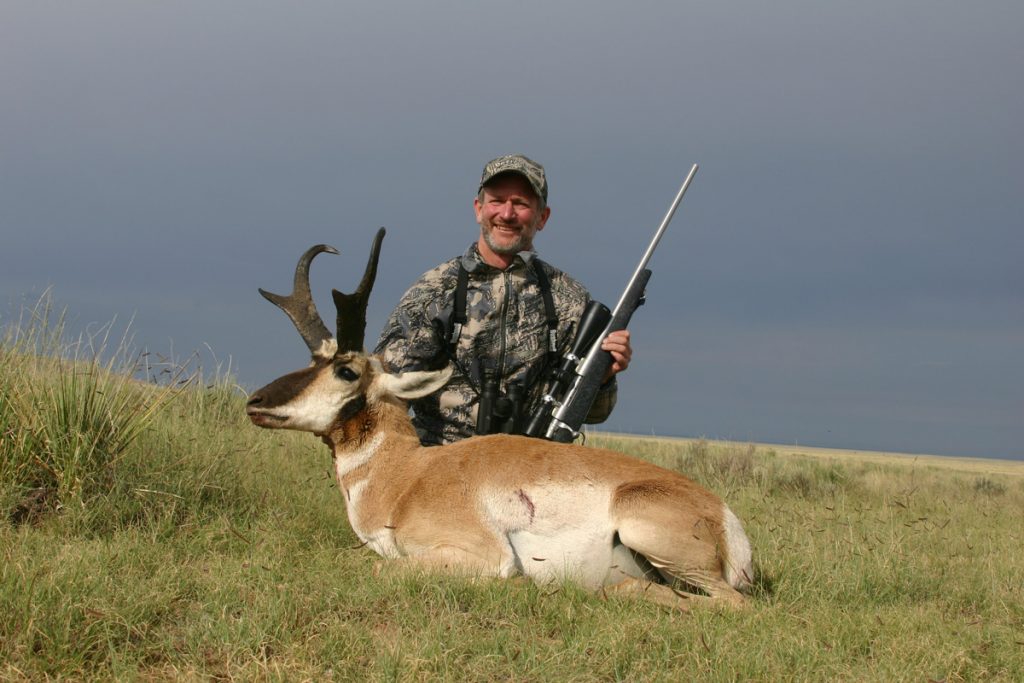
The author took this near-record book qualifying pronghorn in New Mexico. It scored 78 Boone & Crockett points.
-*-*-*-*-*
Bob Robb is one of the most well-respected voices in outdoor media, with more than 40 years of columns and essays in print recounting his exploits in the field. A renowned archery expert, Robb has hunted on five continents and also lived 15 years in Alaska, where he held an assistant hunting guide’s license. His work has appeared in titles small and large, from American Hunter and American Rifleman to Whitetail Journal, Field & Stream, Petersen’s Hunting, Deer & Deer Hunting, and many others. He recently retired as Editorial Director from Grand View Media Group, where he oversaw the content for eight publications, including Bowhunting World, Predator Xtreme and Waterfowl & Retriever. Still, retirement is rather an ugly word to Robb, and so he continues to contribute to a variety of publications, just as he continues to hunt around the world.
 Excise taxes fund wildlife research for the sustainable maintenance of healthy wildlife populations.[/caption]
The excise taxes established under the Pittman-Robertson Act have been a driving force, contributing over $16.4 billion (over $25 billion adjusted for inflation) to individual states. In this video, Peter Novotny, Deputy Chief of the Ohio Division of Wildlife, highlights how these funds, combined with hunting and fishing license dollars, fund essential wildlife research. This research enables a deeper understanding of how wildlife populations adapt to a changing environment, ultimately leading to the maintenance of healthy and sustainable populations.
Excise taxes fund wildlife research for the sustainable maintenance of healthy wildlife populations.[/caption]
The excise taxes established under the Pittman-Robertson Act have been a driving force, contributing over $16.4 billion (over $25 billion adjusted for inflation) to individual states. In this video, Peter Novotny, Deputy Chief of the Ohio Division of Wildlife, highlights how these funds, combined with hunting and fishing license dollars, fund essential wildlife research. This research enables a deeper understanding of how wildlife populations adapt to a changing environment, ultimately leading to the maintenance of healthy and sustainable populations.
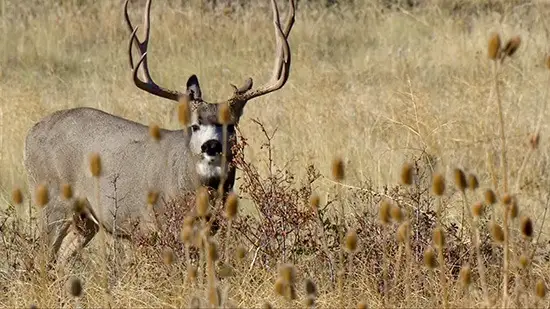 “We feel comfortable and confident that the excise tax dollars are helping keep healthy deer herds out there across the United States,” said Phil Bednar, President and CEO of TenPoint Crossbows.[/caption]
“We feel comfortable and confident that the excise tax dollars are helping keep healthy deer herds out there across the United States,” said Phil Bednar, President and CEO of TenPoint Crossbows.[/caption]
 Turkeys make a tough target. They are difficult to see and even harder to harvest. The head and neck are the only vital areas that ensure a fast, clean hunt, but this will only happen if your shotgun throws a tight, dense shot pattern.
The best shotgun choice for turkeys is a 12-gauge magnum, though the 10 gauge is gaining some ground among turkey hunters. The best shot sizes are No. 2, 4, 5, or 6. The best shotgun chokes are Full, Extra Full, and Super Full.
Turkeys make a tough target. They are difficult to see and even harder to harvest. The head and neck are the only vital areas that ensure a fast, clean hunt, but this will only happen if your shotgun throws a tight, dense shot pattern.
The best shotgun choice for turkeys is a 12-gauge magnum, though the 10 gauge is gaining some ground among turkey hunters. The best shot sizes are No. 2, 4, 5, or 6. The best shotgun chokes are Full, Extra Full, and Super Full.
